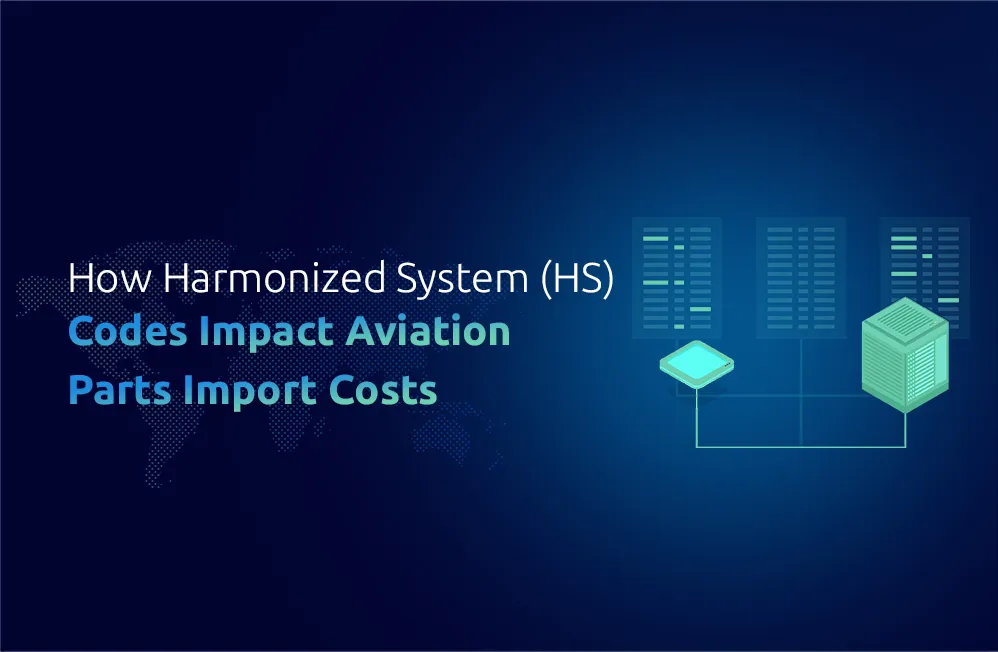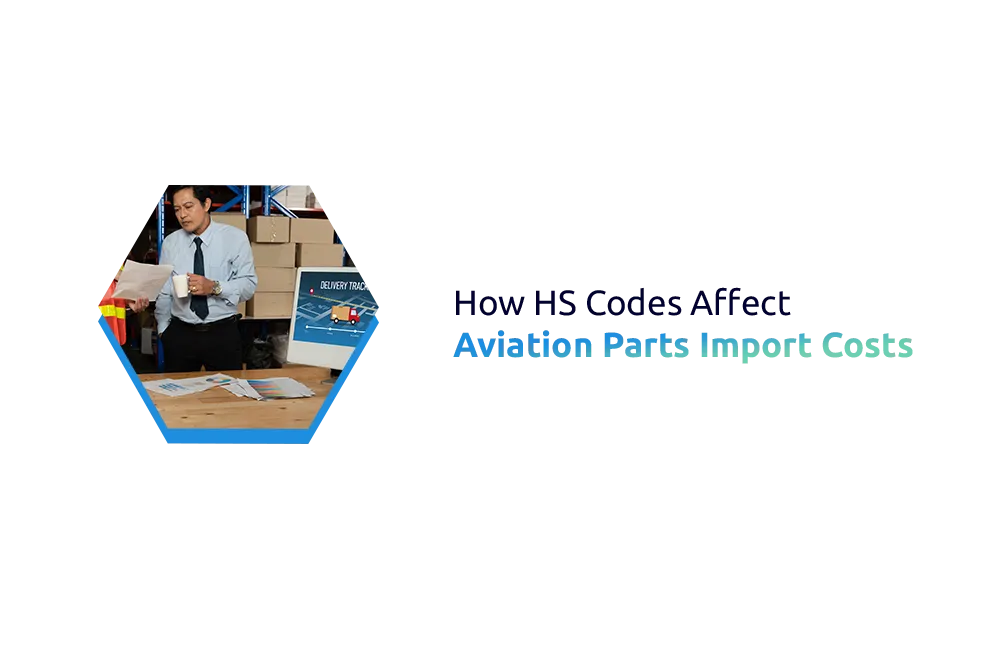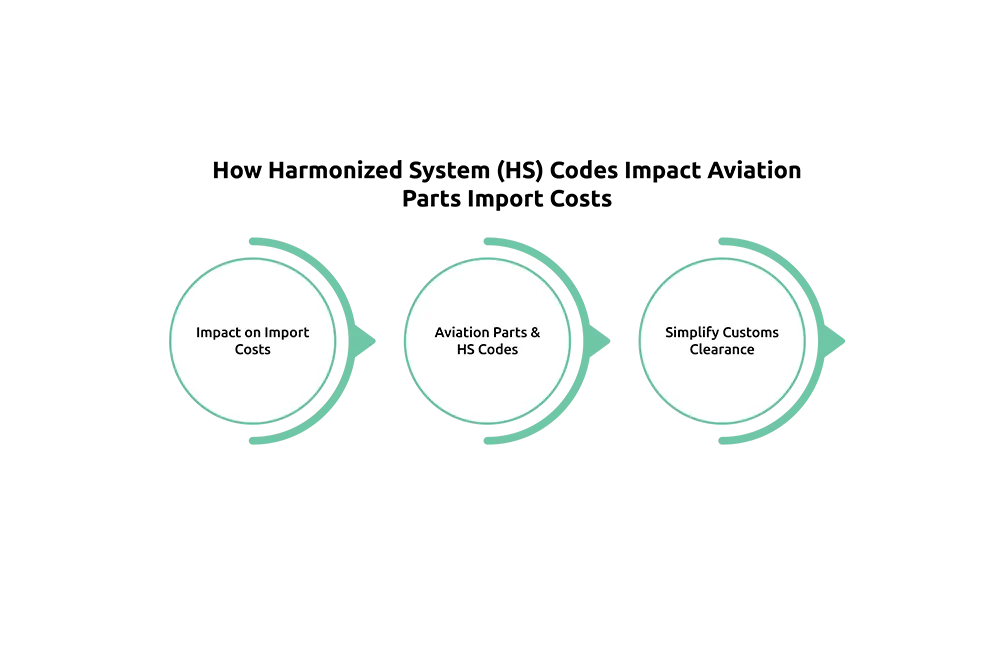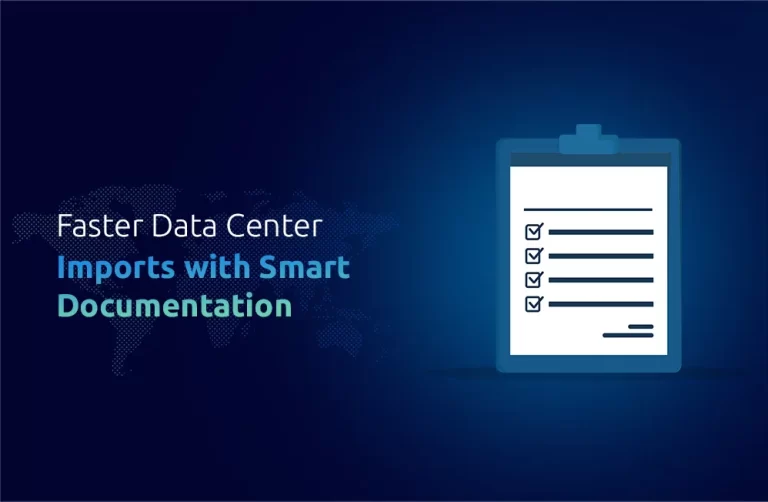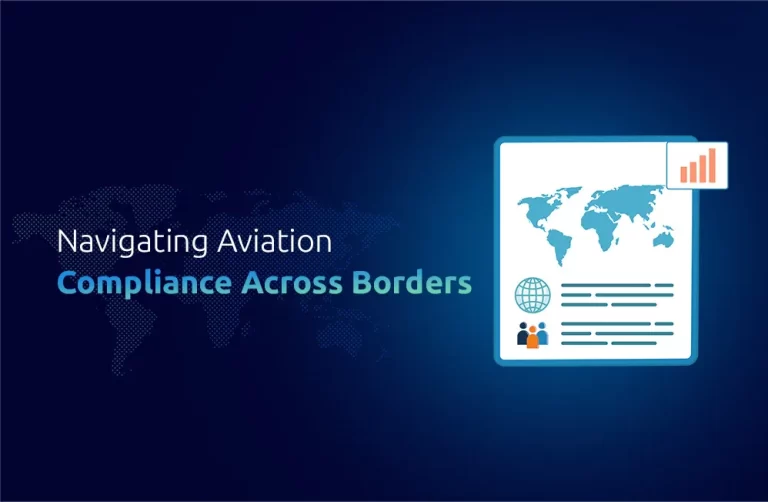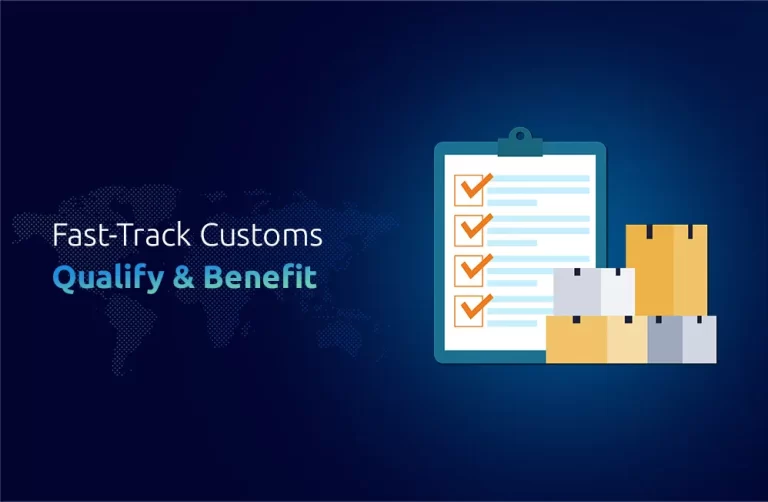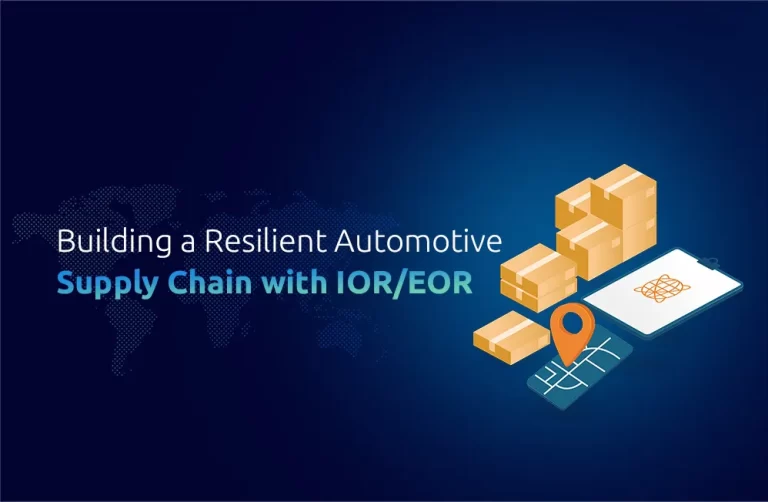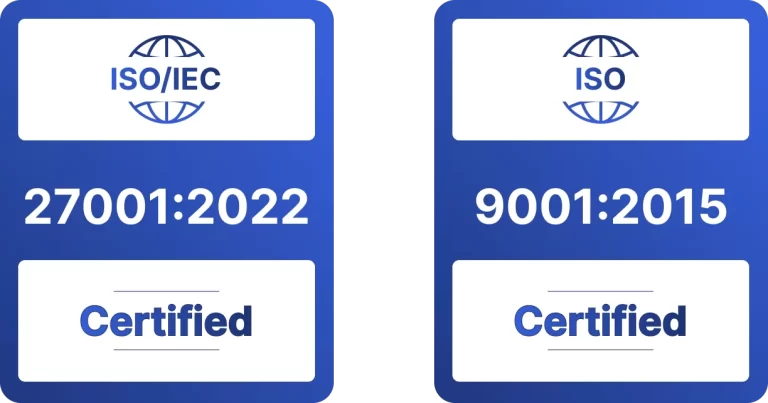Aviation Industry Insight
The aviation industry relies heavily on global networks to source Maintenance, Repair, and Operations/MRO parts. Given the complexities of international trade, Harmonized System (HS) codes play an important role in deciding the cost of importing aviation parts – they not only determine duties and taxes but also streamline customs processes while assuring regulatory compliance. This blog explores their impact on aviation parts import costs while offering businesses actionable insights.
Harmonized System / HS code is an internationally-standard classification system designed by the World Customs Organization/WCO to classify goods traded internationally. Each product is assigned it’s six-digit code; some countries extend these to eight or 10 digits to meet specific local needs.
HS codes play a critical role in international trade for aviation parts (such as drones) sold internationally. They determine customs duties and taxes by assigning an applicable tariff code and import taxes; additionally, they help ensure compliance with regulations by verifying goods meet importing countries’ standards; furthermore, governments rely on them for tracking imports/exports statistics to analyze economic trends and inform trade policies.
Impact of HS Codes on Aviation Parts Import Costs
HS codes play a critical role in determining the cost and efficiency of importing aviation parts, and accurate classification is essential to avoid overpayment, fines, or shipment delays. Misclassifying items – like miscategorizing aircraft engines under incorrect codes – may result in higher tariffs than necessary.
Furthermore, proper use of HS codes determines eligibility for reduced tariffs under free trade agreements (FTAs), giving businesses leverage when importing aircraft parts from countries offering preferential trade terms.
Accurate HS codes help streamline customs clearance, minimizing inspections, reclassification, or penalties that could delay shipment, resulting in costly storage fees and aircraft delays that await vital components. Additionally, the total landed cost- duties, taxes, and transportation- is directly affected by an assigned HS code; proper classification is key to optimizing supply chain expenses.
Noncompliance with HS code requirements can have serious repercussions for businesses, including fines, shipment rejections or legal complications as customs authorities investigate inconsistencies and disrupt operations. By classifying accurately, businesses can reduce costs, improve efficiency, and ensure seamless operations throughout their global supply chains.
Reclassification Challenges in Aviation Parts Management
Aviation parts present unique classification challenges that differ from general machinery or electronic components. A major difficulty lies with their dual uses; such parts could qualify for multiple HS codes, making assigning appropriate classification difficult. Furthermore, frequent regulatory updates impact tariff rates and compliance requirements, and it is crucial for businesses to remain up-to-date to avoid costly errors.
Complex composite items pose another significant hurdle. Since many aviation parts are multifunctional, careful examination is required to identify their primary function and associated HS code; otherwise, improper classification could lead to delays, penalties or increased costs during importation processes.
Optimizing HS Code Usage for Aviation Parts
Businesses looking to import aviation parts can employ various strategies for optimizing HS code usage to reduce costs and risks associated with importation. First, investing in expertise by hiring specialists or teaming with trade consultants ensures accurate classification while mitigating misclassification penalties. Furthermore, using technology such as classification software integrated with global databases enables quick assignment of precise HS codes.
Staying abreast of regulatory updates is critical to optimizing costs and maintaining regulatory compliance in aviation parts trade. By conducting regular audits of past shipments, businesses can identify and rectify any classification errors for more efficient processing moving forward.
Conclusion
Harmonized System (HS) codes play an enormous role in the cost and efficiency of importing aviation parts, impacting both costs and efficiency. Accurate classification is critical to minimizing tariffs, complying with laws, and optimizing supply chain operations.
With help from organizations like One Union Solutions, businesses can navigate these complexities confidently and focus on core operations while their partners handle all complexities involved. As global trade becomes more complicated, experts in managing HS codes will become an increasingly sought-after differentiator among aviation sector businesses.
Partnering with an Importer of Record (IOR), like One Union Solutions, also allows businesses access to expert knowledge that ensures seamless import operations while meeting HS code requirements – helping businesses optimize costs while staying compliant in this complex field.
Did You Know?
98% of global trade involves goods classified under the Harmonized System (HS), underscoring its central role in global commerce.
FAQs
- What happens if aviation parts are classified under an incorrect HS code?
Ans: Misclassification can result in higher tariffs, customs penalties, or shipment delays, and inaccurate classification is essential to avoiding these issues.
- Are HS codes uniform across countries?
Ans: HS codes are standardized globally; however, individual countries may add additional digits depending on local requirements.
- How can businesses ensure accurate HS code classification?
Ans: Investing in trade compliance expertise, employing classification tools, and working with experienced import partners to ensure accurate import transactions.
- Do HS codes influence free trade agreement benefits?
Ans: Utilizing the correct HS code is critical when seeking tariff reductions under free trade agreements.
- Do HS codes impact shipping timelines?
Ans: An incorrect HS code can trigger customs inspections and delays, lengthen shipping time, and increase shipping costs.

